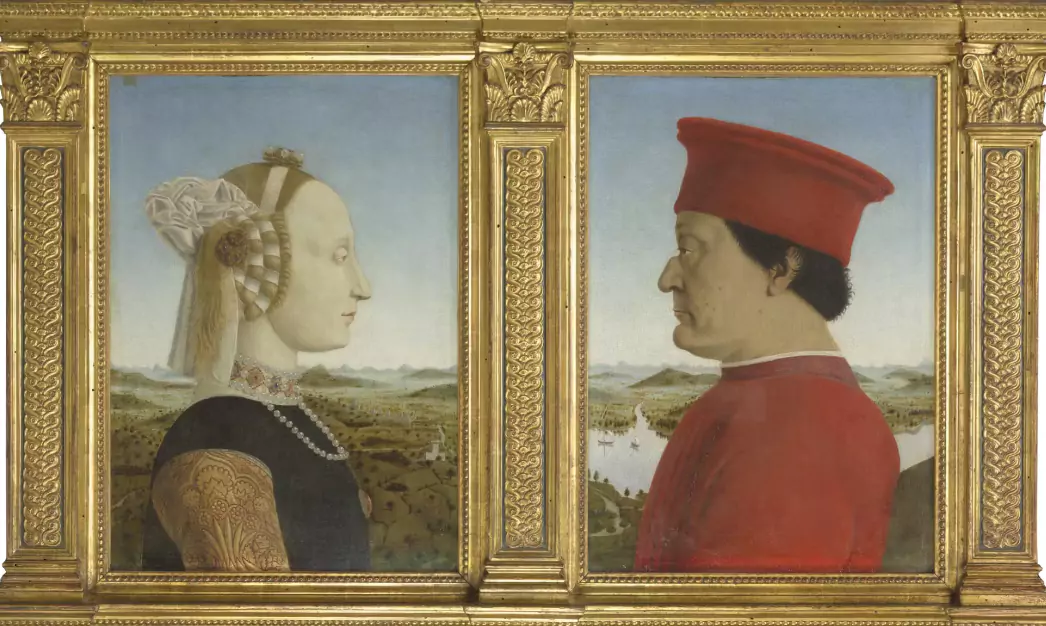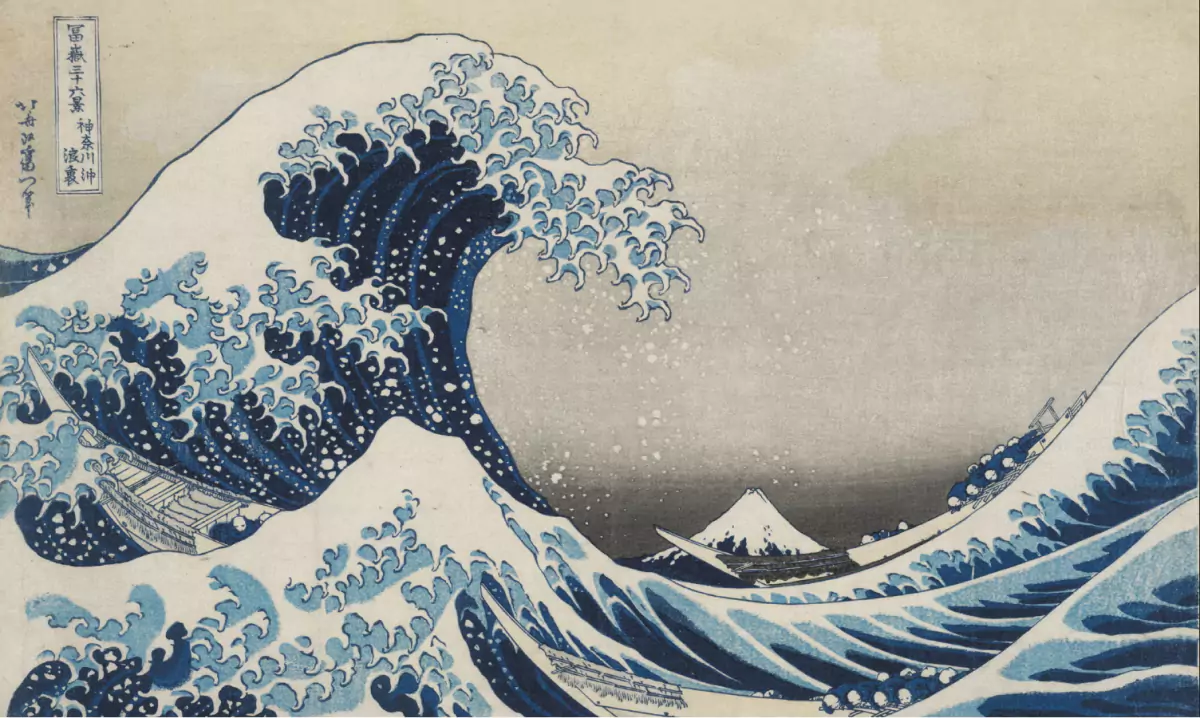Blending four paintings in one?
A 15th-century artist achieved this, concealing the essence of his work.
But why, and from whom?
The history of the Urbino diptych by Piero della Francesca cannot be understood by standing in front of the painting in a museum for a couple of minutes.
👉 The man on the right is a successful Renaissance military leader and a victim of “combat” rhinoplasty.

👈 The young blonde on the left is his wife and faithful assistant. Their age difference was as much as 24 years. The wedding took place when the girl was 13-14 years old. But despite everything, this marriage was talked about as happy, at least for its time.

It’s unlikely that anyone outside of art crowd would remember this couple if it weren’t for this portrait. It’s like a coin. On the “heads” is the ceremonial, strict part of the work, and on the “tails” is the emotional part.
Casual profiles appear before random passers-by without emotions. It is impossible to guess what a husband and wife are like 🤔
On the back of the portrait, the Duke is a real superhero: in armor on a chariot drawn by white horses, he is surrounded by Glory, Temperance, Courage, Wisdom and Justice. And the duchess’s chariot is harnessed by fairy-tale unicorns, with Faith, Hope, Love and Chastity next to her – with a slight movement of the hand the artist turned her almost into a Disney princess. In general, the picture was a success. I bet the customers were happy😊

The Urbino Diptych by Piero della Francesca is a remarkable example of Renaissance portraiture that goes beyond mere representation. It delves into the complexities of human identity and the art of concealment. While the front of the diptych presents the duke and duchess in a formal, idealized manner, the reverse side offers a glimpse into their inner lives and aspirations. This dual presentation reflects the Renaissance fascination with the interplay between outward appearances and inner truths.
Moreover, the Urbino Diptych is not just a portrait of a couple; it is a reflection of the values and aspirations of the Italian Renaissance. Through allegorical symbols and elaborate compositions, Piero della Francesca elevates the portrait to a statement of power, virtue, and humanism. The diptych becomes a window into the Renaissance mindset, where art was not just about aesthetics but also about conveying deeper philosophical and moral ideas. In this sense, the Urbino Diptych stands as a testament to the enduring power of art to transcend its time and speak to universal truths.

This “Santa Barbara” of human characters and the author’s intentions can stay behind just one work. But most works of art have a double bottom and a secret meaning. An uninitiated viewer will not notice them.
If you’re intrigued by the hidden depths of artworks and want to uncover more secrets behind the paintings, subscribe and follow our blog on ArtAddict. Dive deeper into the world of art and discover the stories behind the masterpieces.
Irina Ivanova, Art columnist @ArtAddict




